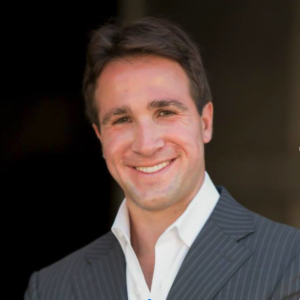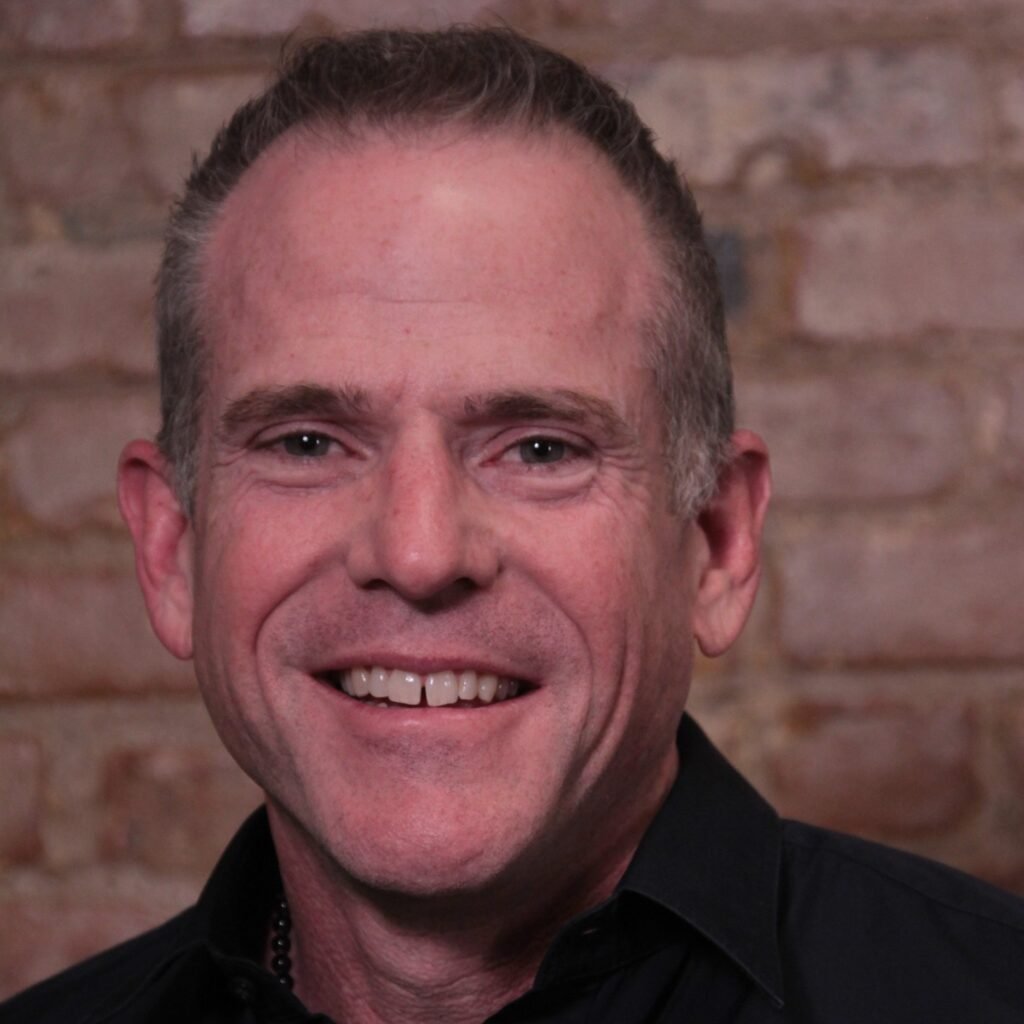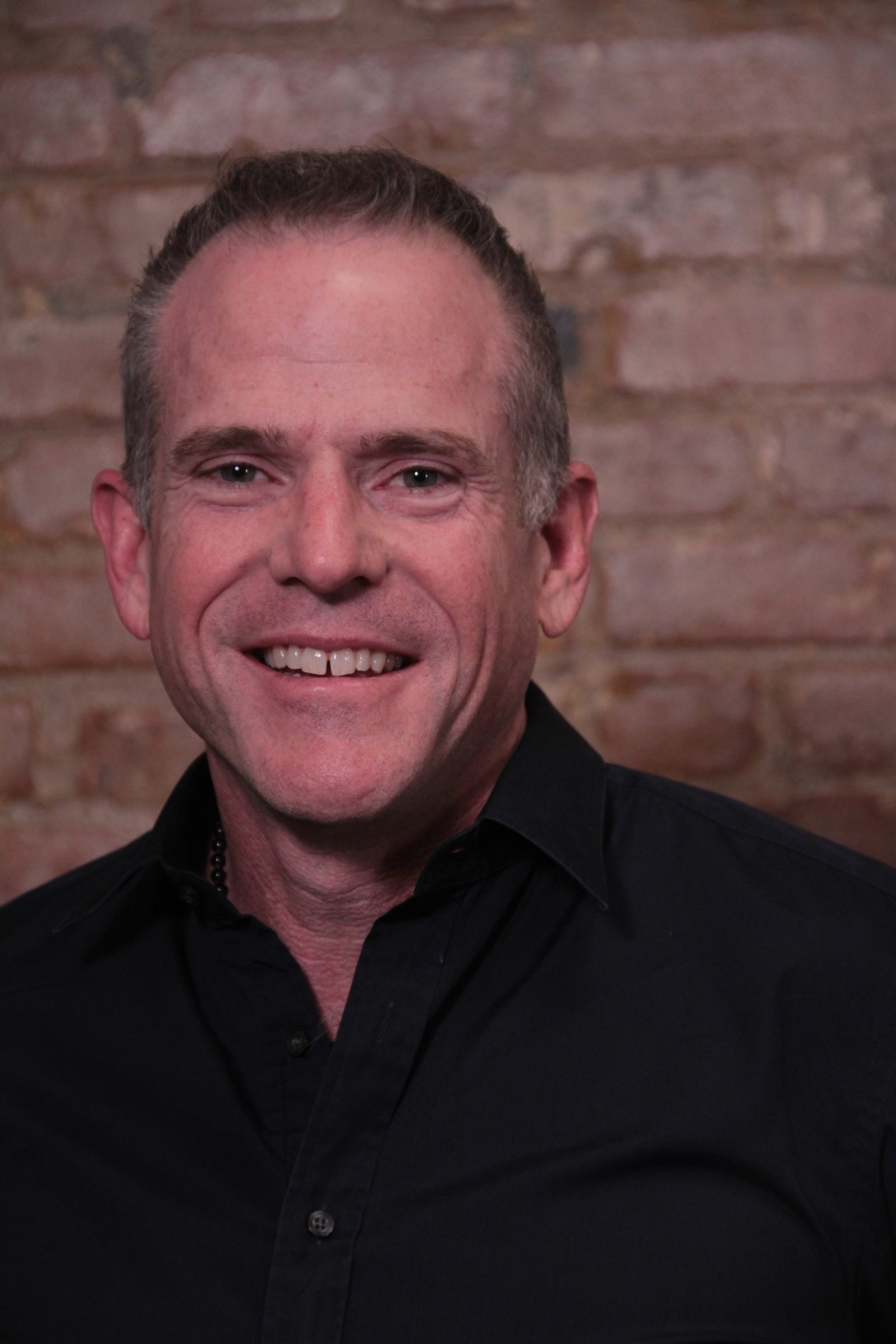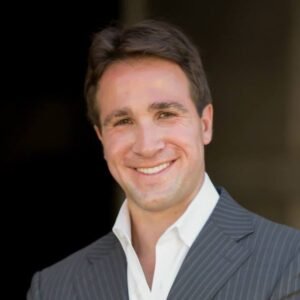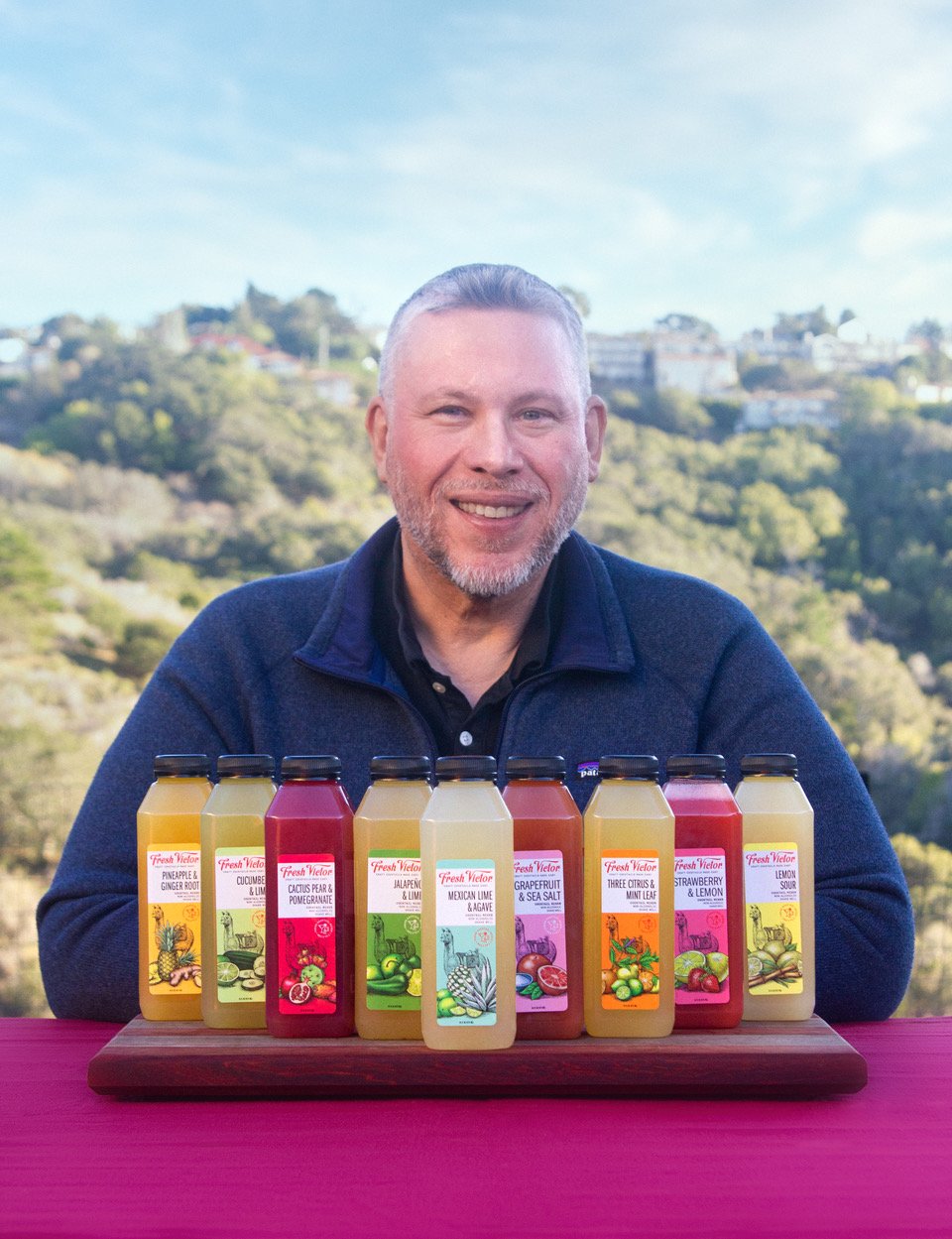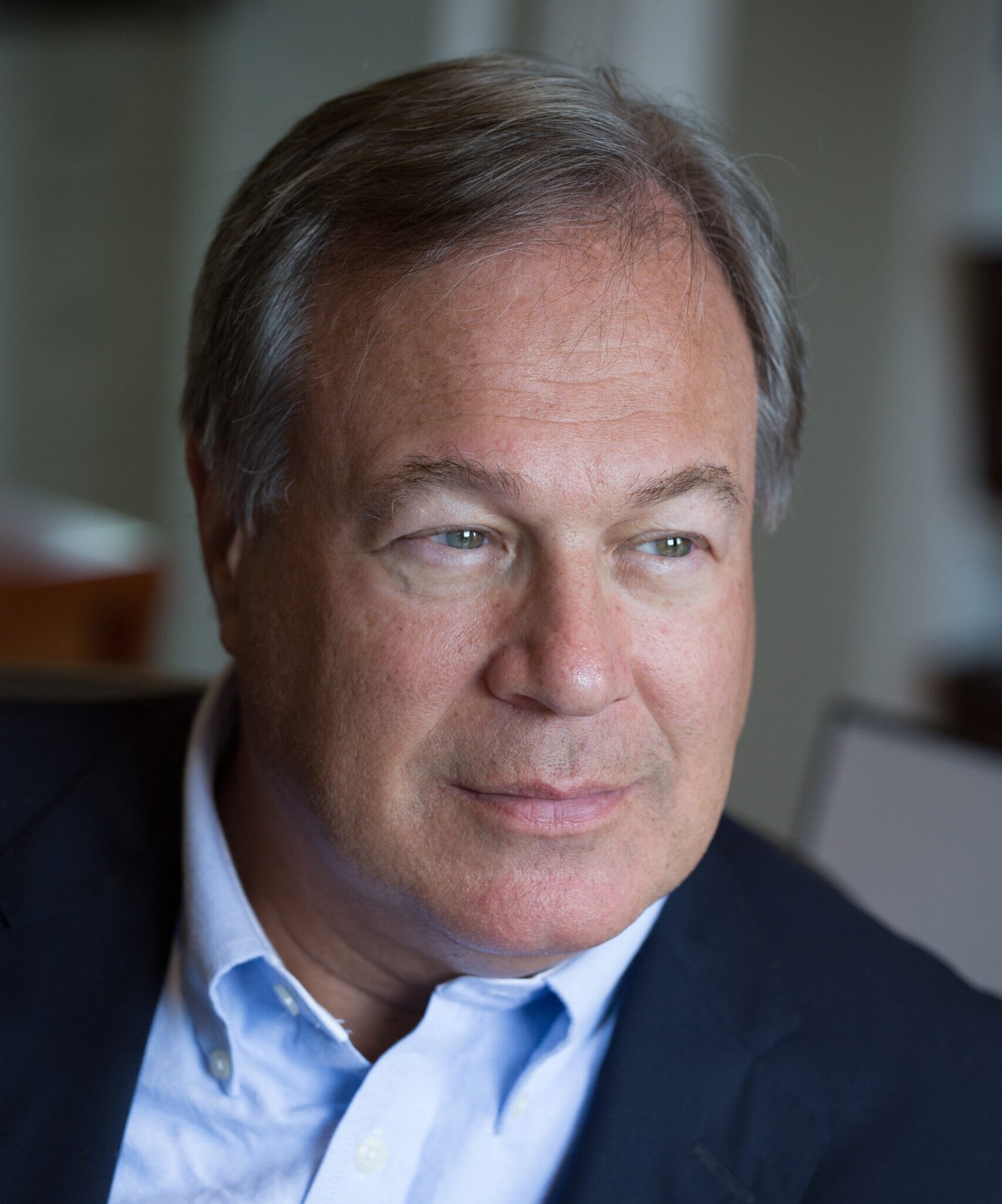I recently went one on one with Kyle Zagrodzky, founder and CEO of OsteoStrong.
Adam: Thanks again for taking the time to share your advice. First things first, though, I am sure readers would love to learn more about you. How did you get here? What experiences, failures, setbacks, or challenges have been most instrumental to your growth?
Kyle: I could likely fill an encyclopedia-sized volume with this answer. I have a lot of experience in the gym industry. My wife and I opened 9 Curves fitness franchises beginning in the late 90’s. In about 2000, we earned franchisee of the year. At about the same time, I started a software company with the goal of creating a robust business management and billing platform for the health club industry. Curves International and Snap fitness both required their franchisees to use our system. That company is called Go Figure, Inc. In about 2006, my wife and I began a family, and we sold our Curves franchises, and I focused my attention on my software company. In about 2011, I met Dr. John Jaquish and we decided to work together to create a unique set of devices based on an early prototype he had designed. Those devices become the foundation technology of OsteoStrong. In 2012, I began franchising the OsteoStrong brand, and in 2017, Tony Robbins became an investor and consultant to the company. From there, I began speaking on Tony’s stages around the world and sharing the OsteoStrong story and benefits. Today, OsteoStrong is the largest global biohacking franchise in the world. The journey was far from easy. In the beginning, we struggled to get brand acceptance from the consumer. No one knew what skeletal strength condition was. We made a hard push over several years to refine our messaging and education of our franchisees and the public. It wasn’t until doctors started seeing the results coming from our members that the momentum started to build. We ran through countless advertising split-tests to identify a way to speak to the consumers and became much more sales forward in our franchisee training. As things just started to pick-up, I had a handful of franchisees group together to bankrupt OsteoStrong with lawsuits so that they could acquire it in a settlement. Those were some difficult times for sure, as one of the leaders of that group was my own brother-in-law from my wife’s side.
Franchising, OsteoStrong is a complex business model. Our devices are patented, and we write the software code, the database, certification, training, support, manufacturing, and logistics for our franchisees. We have never sold our devices commercially to any other business other than OsteoStrong centers, as I saw early on the need to protect the brand and our franchisees from competition. That strategy has worked and there has been a lot of pressure over the years to abandon that standard. I’m glad I didn’t. In addition to the OsteoStrong equipment, we market and sell franchises. We train and support them, and we do it in 12 countries now, with more on the way. Maintaining brand-standards and culture around the world was challenging. Many lessons about spanning the brand across several countries have been learned. Growing beyond our borders, while challenging, was a good strategy as well. Having an international presence has been very positive for our brand and our cultures and several of the center owners in other countries have had a very powerful impact on our culture.
Adam: How did you come up with your business idea? What advice do you have for others on how to come up with great ideas?
Kyle: The day I met Dr. Jaquish, I was listening to a lecture he was giving regarding his prototype device. As I listened, I felt both the emotions of love and fear simultaneously. The results he was claiming were unheard of. A session only took about 7 minutes, and only needed to be completed one day a week. Sessions wouldn’t be fatiguing, and people could wear their everyday clothes, as opposed to gym clothes. The results were ridiculous increases in physical strength, improvements in balance, elimination of joint pain and of course increases in bone density, the like of which the world had never seen. That was the part I fell in love with. At the same time, I knew that no one would believe it, even if they had experienced the results. They would likely attribute the results to anything else, as it couldn’t possibly be a simple, sweat-free, once-a-week session that accomplished all of that. Dr. Jaquish had discovered a potentially new industry and didn’t know it. This device needed to be in an entirely different environment and would require a whole new level of consumer education. If I didn’t act, this amazing invention would end up in the dustbin of history. That was the fear I felt.
With any entrepreneurial idea or business start-up that one decides to do, two philosophical concepts almost always deliver results: Burn the boats and take massive action. I did both. Failure can’t be an option.
Adam: How did you know your business idea was worth pursuing? What advice do you have on how to best test a business idea?
Kyle: I knew that starting OsteoStrong was going to take a large investment of my personal capital and a lot of time. Prior to taking the first step, I spoke to my wife and told her that I wouldn’t do it unless she was ok with how much of me it was going to take. Without hesitation, she said she’d support me in whatever I decided to do. With that, I got to work. While I wasn’t sure how I was going to move forward exactly, I knew the idea was worthy. The results available to the consumer, given the minimal effort, were too important not to do. It was an idea whose time had come, and I was going to steward it into the world.
With OsteoStrong, the only way to know whether it was going to work, was to open a few centers and start testing marketing, sales, and service concepts in real-time. For most concepts people consider, there is usually something that already exists that can be modeled to some extent. The risk in those situations is much lower because there is usually a well-worn path in front of you, like opening a new gym concept. With OsteoStrong, however, it was much more capital intensive, because there was nothing else in existence like it. In addition to the challenges associated with manifesting a brick-and-mortar industry out of thin air, I realized early on that Dr. Jaquish’s prototype was insufficient. It was very limited and would not allow OsteoStrong to scale and had several inherent deficiencies in design and software as well. Dr. Jaquish agreed, and we set out to design something far more powerful. That took a massive investment and a lot of time. I had no idea that it was going to be a success. The only measure to determine if it was the right path was to simply build it, and let the consumer chose which they preferred. Thankfully, 100% of the time, the consumer preferred the new devices over Jaquish’s prototype. Again, making a decision, taking massive action and burning the boats served me well. In business, the founder of a concept needs to understand that most people will never do those two things. They are too fearful of risk. What if I fail? What if I lose money? What if it costs me my reputation? These are the questions that hold most back. My thinking is that I only have one life to live, and I have no intention of leaving anything on the field. Win, lose, or draw, I intend to leave a dent of positive impact in the universe, and failure towards the ultimate goal is never an option for me. However, I had many failures along the way. Failure is only a bad thing if you don’t learn from it and keep moving forward.
Adam: What are the key steps you have taken to grow your business? What advice do you have for others on how to take their businesses to the next level?
Kyle: Test, retest, and don’t get comfortable. There’s always a better way, even when you’re winning. Never stop learning and seek out experts across many disciplines that may serve you. Never get arrogant and be quick to admit to yourself that you don’t have all the answers. Surround yourself with people that are smarter than you, empower them, resource them, and show your gratitude for them.
Adam: What are your best sales and marketing tips?
Kyle: Marketing has substantially changed over the past 12 years, and it continues to change at a rapid pace. There is marketing for your brand and there is marketing for your prospects. They are connected, but they are different. Know your customer better than anyone else and fall in love with them more than your product of service. Once you do, your marketing message and sales system will be easier to formulate.
Adam: In your experience, what are the defining qualities of an effective leader? How can leaders and aspiring leaders take their leadership skills to the next level?
Kyle: The essence of leadership is casting a vision and inspiring people to follow it. And to do that, you need an unshakable level of certainty. The leader is always calm in the storm, and there will be storms. If you have uncertainty in your vision, you will fail. If you lack clarity, I can’t recommend going to a Tony Robbins event enough. Once you go, you will have all the clarity you need. For anyone who hasn’t been to one, I would recommend his Unleash the Power Within event. It’s a game-changer and you will never be the same.
Adam: What is your best advice on building, leading, and managing teams?
Kyle: For building: Know the gaps you need to fill and prioritize them. Know your expectations of each role you need to hire. Clearly document and communicate those expectations.
For leading and managing: Communicate individually and in group meetings with your team. Clearly establish desired outcomes and timelines. Ask each member if they can hit the deadline and what help or resources, they need from you to meet it. Help team members grow and empower them to make decisions within their lane.
Adam: What are your three best tips applicable to entrepreneurs, executives, and civic leaders?
Kyle: It’s never about you, it’s only about your service to others. If you are spinning in your head, you’re dead. If you are focused only of what you are going to get out of something, your lack of caring and authenticity will be apparent to others.
Adam: What is the single best piece of advice you have ever received?
Kyle: Tony Robbins said, “Nothing has any meaning except the meaning we assign to it. And we assign meaning to everything. When stressed or fearful, ask yourself what meaning you are assigning, and chose a more empowering one.” It’s that simple.

